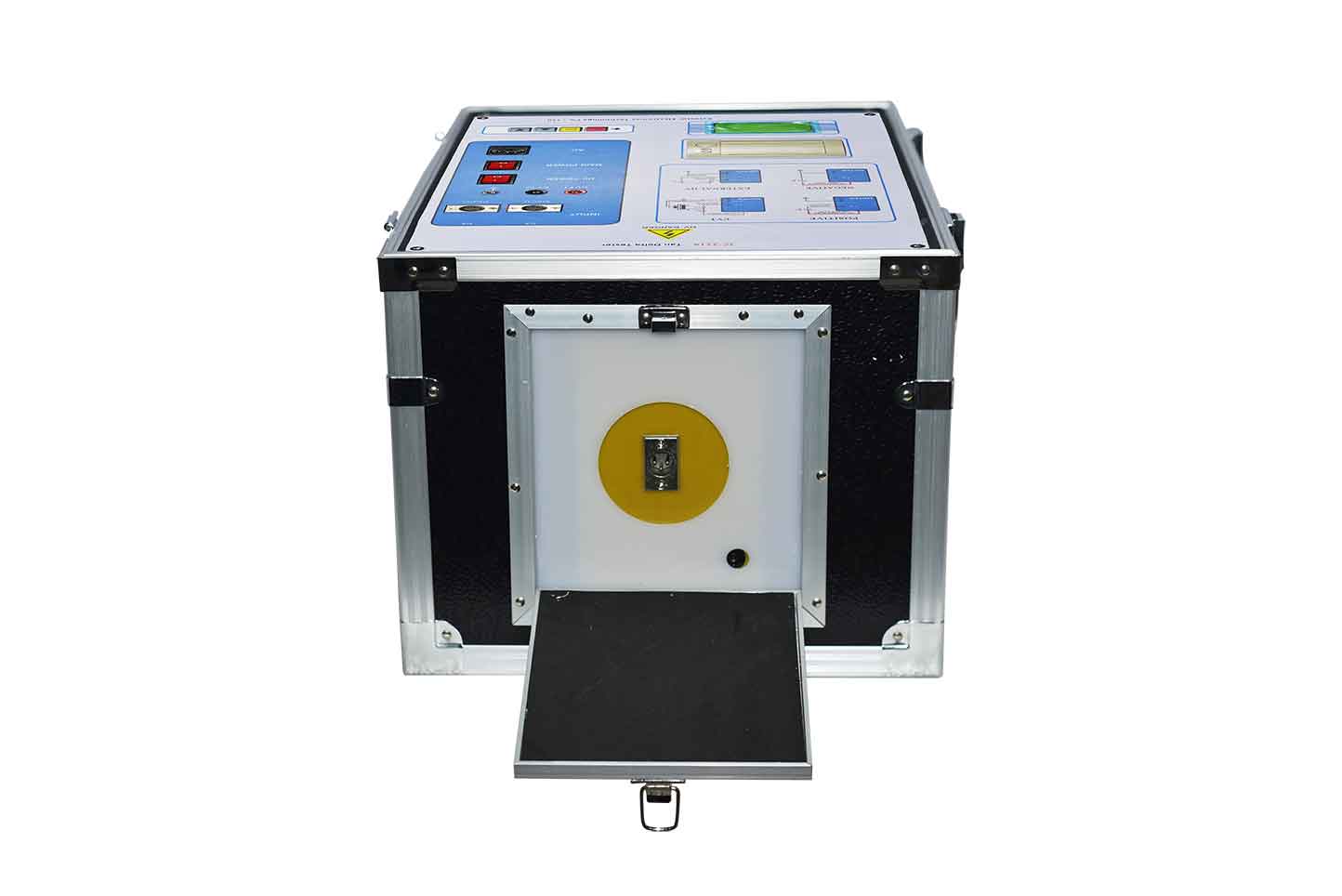1. Introduction
The anti-interference dielectric loss tester is a widely used testing equipment in power systems, mainly used to measure the loss factor of dielectric materials. The dielectric loss factor is an important parameter for measuring the performance of insulation materials, which is of great significance for the normal operation and maintenance of power equipment. This article will provide a detailed introduction to the application and working principle of the anti-interference dielectric loss tester.
2. Application of anti-interference dielectric loss tester
① Insulation material testing: The anti-interference dielectric loss tester is mainly used to test the performance of insulation materials. By measuring the dielectric loss factor of materials, the insulation performance of materials can be effectively evaluated, potential insulation defects can be detected in a timely manner, and equipment failures can be prevented.
② Electrical equipment maintenance: In the power system, many electrical equipment such as transformers, capacitors, etc. require dielectric loss testing. By using an anti-interference dielectric loss tester, the insulation condition of the equipment can be quickly and accurately detected, providing a basis for equipment maintenance and repair.
③ New material research and development: In the manufacturing process of power equipment, the development of new insulation materials is crucial. By using an anti-interference dielectric loss tester, researchers can evaluate the performance of new materials, providing strong support for the development of new materials.
3. Working principle of anti-interference dielectric loss tester
The working principle of the anti-interference dielectric loss tester is mainly based on AC bridge and impedance analysis technology. The core part is a bridge circuit that contains the tested material as one of its arms. When the bridge reaches equilibrium, the current in the bridge circuit is proportional to the resistance of the bridge arm, thus obtaining the conductivity and capacitance of the tested material. By measuring conductivity and capacitance, the dielectric loss factor of the tested material can be calculated.
In order to reduce the impact of external interference on test results, anti-interference dielectric loss testers usually use the following anti-interference techniques:
① Electromagnetic shielding technology: The shell of the tester is usually made of metal material, which has good electromagnetic shielding effect and can effectively reduce the interference of external electromagnetic fields.
② Noise suppression technology: The tester is usually equipped with a noise suppression circuit inside, which can effectively reduce the noise interference on the power line and improve the accuracy of the test.
③ Digital signal processing technology: Modern anti-interference dielectric loss testers usually use digital signal processing technology to filter and denoise the test signal, further reducing the impact of interference on the test results.
④ Automatic calibration technology: In order to reduce the impact of human errors during the testing process, anti-interference dielectric loss testers usually have automatic calibration function. Before or after the test begins, the instrument will automatically calibrate to ensure the accuracy of the test results.
4. Conclusion
The anti-interference medium loss tester, as an important power equipment detection tool, plays an important role in the operation and maintenance of the power system. By gaining a deeper understanding of its working principle and application, we can better utilize this tool to improve the operational efficiency and safety of power equipment. With the continuous development of technology, the performance and functions of anti-interference dielectric loss testers are also constantly being optimized and improved. In the future, we look forward to greater breakthroughs in technology in this field, providing stronger support for the development of the power industry.

ZC--221 full automatic anti-interference dielectric loss tester is a high-precision instrument for measuring dielectric loss tangent value and capacitance of various high-voltage power equipment in power plants, substations and other fields. Because the frequency conversion technology is adopted, it can ensure the accurate measurement under the strong electric field interference. The instrument adopts Chinese menu operation, and the microcomputer automatically completes the whole process of measurement.
Kvtester Electronics Technology Co.,Ltd. is a high-tech enterprise specializing in power testing, testing, research and development, production, and sales of testing equipment. It has been engaged in the electrical testing industry for many years, and its products are of high quality. We welcome customers to come and purchase. Service hotline: 0086-27-81778799, to learn more, visit the official website: www.kvtester.com





